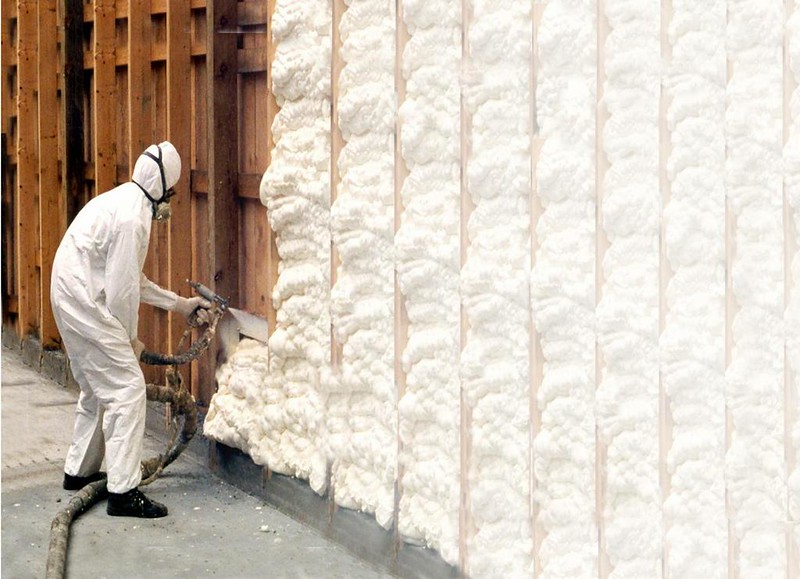Wall Panels: Enhancing Interior Design with Style and Function
Wall panels have become increasingly popular in interior design, offering a versatile solution for enhancing the aesthetics and functionality of various spaces. These decorative elements can transform plain walls into stunning focal points, providing texture, depth, and character to any room. From residential homes to commercial establishments, wall panels offer a wide range of benefits and design possibilities.

Wall panels work by attaching to the existing wall surface using adhesives, nails, or a specialized mounting system. They can be installed as individual pieces or in interlocking systems, depending on the design and desired effect. Once in place, wall panels can serve multiple purposes, such as improving acoustics, adding insulation, or simply elevating the visual appeal of a room.
What are the different types of wall panels available?
The market offers a diverse range of wall panel options to suit various design preferences and functional requirements:
-
Wood panels: These classic options include shiplap, tongue-and-groove, and reclaimed wood panels, offering warmth and natural beauty.
-
Metal panels: Sleek and modern, metal panels come in various finishes like brushed steel, copper, or aluminum, ideal for contemporary spaces.
-
Fabric panels: Soft and sound-absorbing, fabric panels are perfect for creating cozy environments or improving room acoustics.
-
3D panels: These textured panels create visual interest and depth, often made from materials like gypsum, MDF, or plastic.
-
Stone and brick veneer panels: Offering the look of natural stone or brick without the weight, these panels are great for adding rustic charm.
-
Acoustic panels: Designed specifically to improve sound quality in a room, these panels are popular in home theaters and offices.
How can wall panels improve a room’s aesthetics and functionality?
Wall panels offer numerous benefits that can enhance both the appearance and practicality of a space:
-
Visual appeal: Panels can add texture, color, and pattern to walls, creating a more interesting and dynamic environment.
-
Acoustics: Many wall panels are designed to absorb sound, reducing echo and improving overall room acoustics.
-
Insulation: Some panels provide additional insulation, helping to regulate temperature and potentially reduce energy costs.
-
Hiding imperfections: Wall panels can effectively cover damaged or uneven walls, providing a smooth and uniform surface.
-
Easy maintenance: Many wall panel materials are easier to clean and maintain than traditional painted or wallpapered surfaces.
-
Versatility: With a wide range of styles and materials available, wall panels can complement any design aesthetic, from traditional to ultra-modern.
What factors should be considered when choosing wall panels?
Selecting the right wall panels for your space involves considering several key factors:
-
Material: Choose a material that suits your aesthetic preferences, durability requirements, and maintenance capabilities.
-
Style: Ensure the panel design complements your overall interior design theme.
-
Function: Determine if you need panels primarily for decoration or if you require additional features like sound absorption or insulation.
-
Installation method: Consider whether you prefer DIY-friendly options or if professional installation is necessary.
-
Cost: Factor in both the initial purchase price and any long-term maintenance or replacement costs.
-
Room conditions: Consider factors like humidity levels and exposure to sunlight, which can affect certain panel materials.
How are wall panels installed, and can it be a DIY project?
The installation process for wall panels varies depending on the type and material chosen. Some general steps include:
-
Preparing the wall surface by cleaning and ensuring it’s smooth and dry.
-
Measuring and marking the wall to plan panel placement.
-
Cutting panels to size if necessary.
-
Applying adhesive or using a mounting system to attach panels to the wall.
-
Fitting panels together, ensuring proper alignment and spacing.
-
Finishing with trim or molding as needed.
While some wall panel systems are designed for DIY installation, others may require professional expertise. Factors to consider when deciding whether to DIY include:
-
The complexity of the panel system
-
Your level of home improvement experience
-
The tools and equipment required
-
The size and scope of the project
For intricate designs or large-scale installations, it’s often best to consult with or hire a professional to ensure the best results.
What are some popular wall panel trends and design ideas?
Wall panel trends continue to evolve, offering exciting possibilities for interior design:
-
Mixed materials: Combining different panel types, such as wood and metal, for a unique, layered look.
-
Geometric patterns: Using panels with bold, geometric designs to create striking visual effects.
-
Biophilic designs: Incorporating natural elements and textures to bring the outdoors inside.
-
Customizable panels: Opting for modular systems that allow for personalized configurations and easy updates.
-
Backlit panels: Installing panels with integrated lighting to create dramatic ambiance and visual interest.
-
Sustainable options: Choosing eco-friendly materials like recycled wood or bamboo for environmentally conscious design.
Wall panels offer a versatile and impactful way to transform interior spaces. By carefully considering your needs, preferences, and the unique characteristics of your space, you can select wall panels that not only enhance the aesthetics of your room but also contribute to its overall functionality and comfort. Whether you’re looking to create a cozy atmosphere in a living room, improve acoustics in a home office, or add a touch of luxury to a commercial space, wall panels provide endless possibilities for creative and practical interior design solutions.






